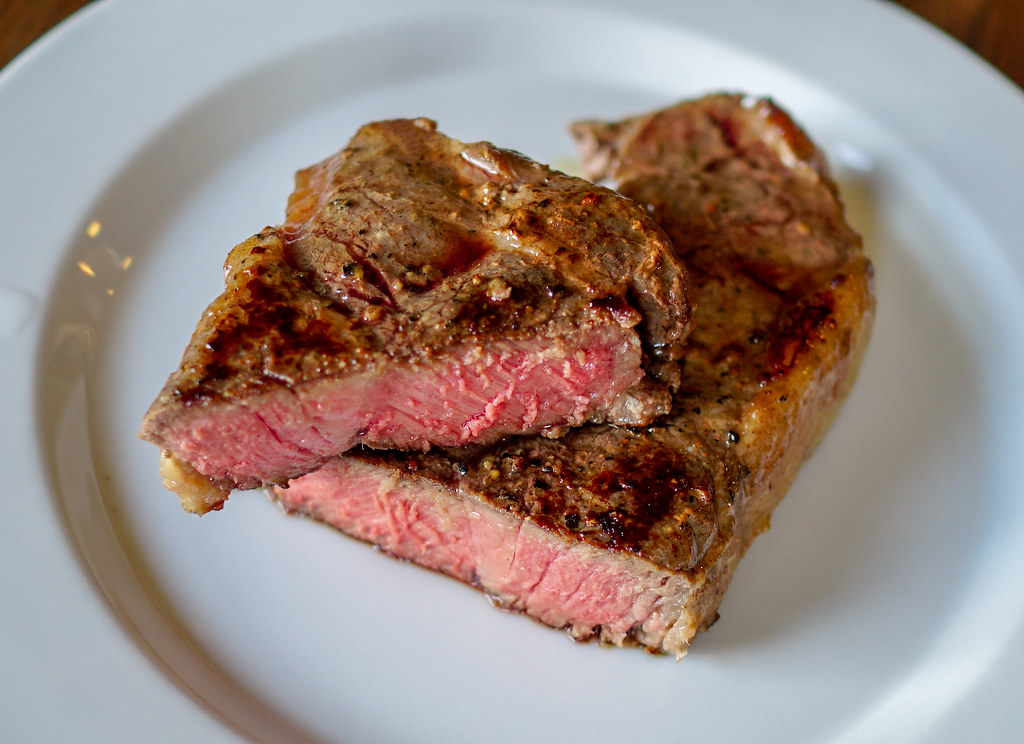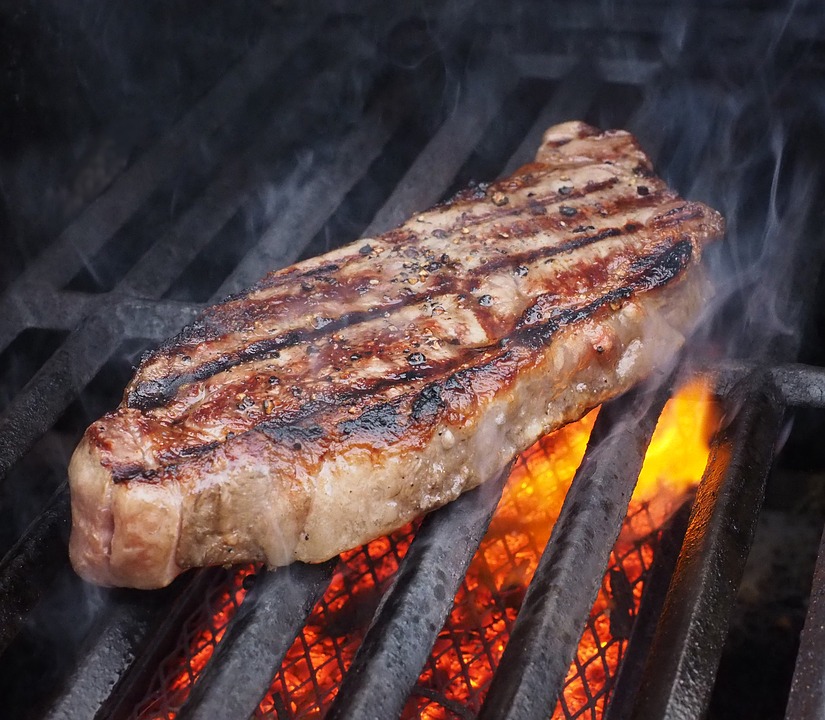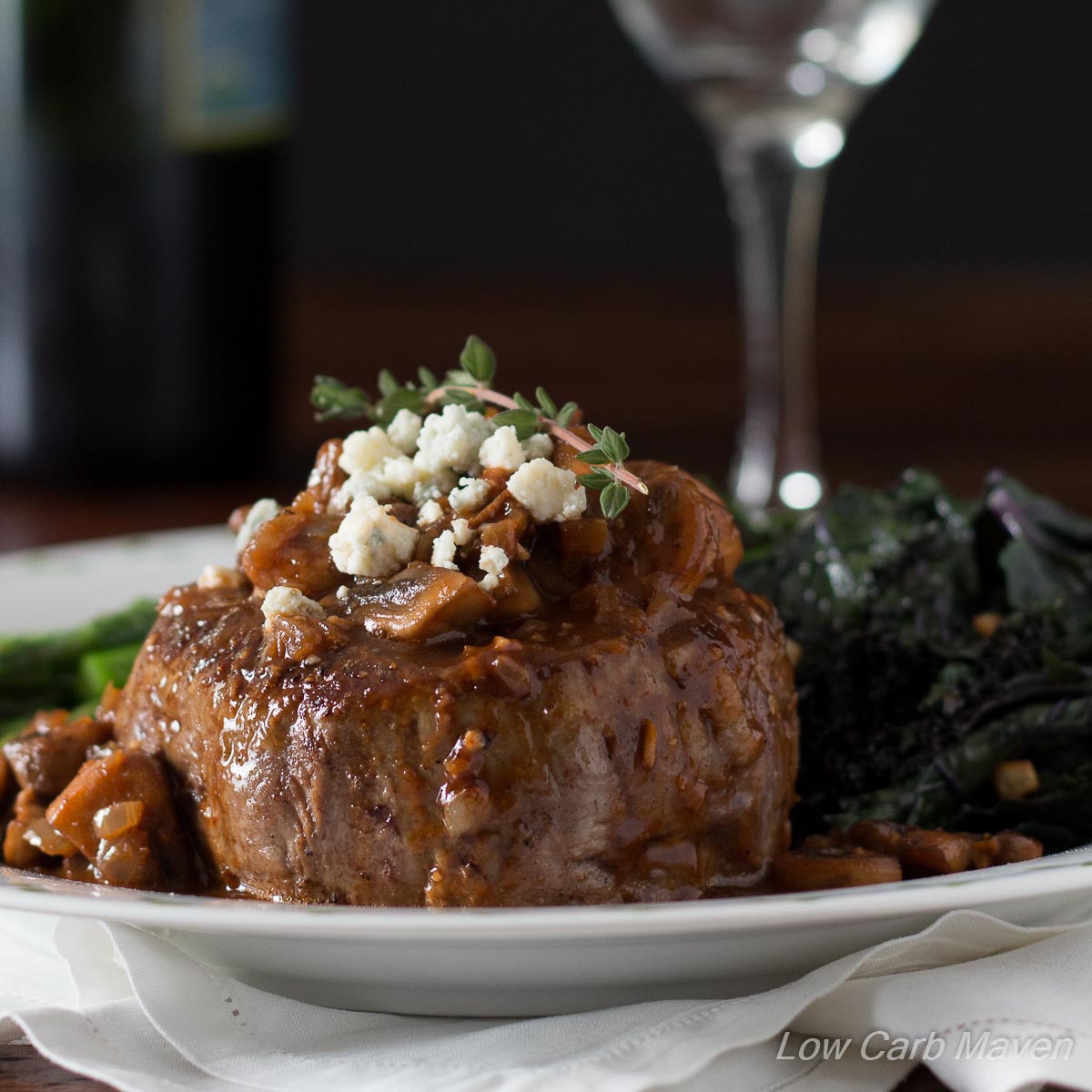
You might wonder how to tell if a steak was cooked properly and whether it is safe to cut. A metal cake tester is a good tool to do this. After inserting the skewer, wait for five seconds. If the meat remains cold it means that it's still raw. A warm skewer, whether it's lukewarm (or warm), will indicate medium-rare. Hot kebabs indicate that the skewer is well-done.
Touching your steak is the first way to know if it is ready. Place your palm flat and make an OK sign. Your forefinger should be against the meat. If the meat feels a little firm, it's likely raw. Medium-rare is defined as meat that feels firm on the skin. Use your middle fingers to gently press down on the meat. Next, place your thumb on the tip of your middle fingers.

The second step involves feeling the meat with your fingers. A medium-rare cut should feel like a cheek or chin. A well-done steak should feel firm and springy. Make a fist with your thumb or forefinger to determine if the steak has reached the desired temperature. The fleshy area between the two fingers is soft and will be firm when the meat is cooked properly. The third step involves tightening your fist. A well-done steak will be firm but not too soft.
The next step is to use your hands to check the steak. A steak is perfectly cooked when the inside is red and not pink. Medium-rare steaks are those that have been cooked to 150°F. To test the internal temperature of your steak, place the tip of your finger on the meat. You can do this by placing a piece of newspaper on top of your steak and pressing it against the grain.
The third step involves using a meat thermometer. This is the best method for determining how hard a steak is. A meat thermometer should be firm, with little tension. A well-done meat will be dark in color. Depending upon your taste, you may also use it as a way to gauge how rare a steak is. These tips will help you determine whether a steak is cooked.

120 degrees Fahrenheit is considered the lowest internal temperature for steaks. The temperature at which the steak is cooked is 120 degrees Fahrenheit. A well-done steak will be grey-brown and have charred edges. This temperature is safe for eating, but it should not be overcooked. Cooking medium-rare cuts is a good idea.
FAQ
Can I cook with my family?
Yes! Kids love to help in the kitchen. It's a great way to teach responsibility and teamwork. You can have your children help you with everything, from washing vegetables to cutting onions. Children will love helping to cook if they are taught safe knife handling techniques.
How do I get hired to cook?
Word of mouth can help you get a job as an experienced cook. A friend or family member might know of an open restaurant that is in desperate need of staff. There are often openings posted on websites and bulletin boards.
How Much Does It Cost to Study Culinary Arts?
There are many factors that influence the cost of learning culinary arts. A four-year degree usually costs around $40,000. On the other hand, a two-year associate's degree may cost less than $5,000. Tuition costs vary depending on which program you choose. The tuition rates for private institutions are usually higher than those of public universities.
What does a culinary program cost?
Culinary school costs vary depending on where you go, how long you study, and what program you choose. Average tuition costs between $10,000 and $30,000. The average student graduates with $20,000 in debt. Some programs offer scholarships, grants, or work-study opportunities.
Statistics
- On average, chefs earn $58,740 a year, according to the BLS. - learnhowtobecome.org
- In the United States, the category is estimated at $23.2 billion annually and is growing faster than the market. (washingtonpost.com)
- under 10 Kids have been taught that there is special food just for them, and Fiese says that 10 percent of kids will throw a tantrum if they don't get the food they want. (washingtonpost.com)
External Links
How To
How to make the perfect omelet
Omelets is one of my favourite breakfast foods. How can you make them perfectly? Many different recipes and methods have failed to work for me. So I am sharing some tips and tricks today to help you make fluffy, delicious omelets every morning.
When making omelets, it is important to be aware that eggs can be temperamental. They must be fresh, preferably from the organic market, and be kept cold until cooking. You must keep them cool enough to allow the whites to form properly and the yolks to become too runny if they're not kept at the right temperature. This makes your omelets look weirdly colored. If you're going to cook them immediately, it is best if the eggs are still warm.
You can also separate the egg before you add it to the pan. You don't want any white to get mixed up with the yolk because this could cause the omelet to curdle.
The bottom part of an egg that is added directly to the stovetop might be burned, which could cause a ruined texture in your omelet. Instead, heat the egg in a microwave for 10 seconds and then place it in a pan. The microwave heat is sufficient to cook the egg without overcooking.
Next, let us talk about how to mix the eggs. Mix eggs well together. You need to turn the bowl of the mixer upside down. Now shake the bowl vigorously. The egg will be thoroughly mixed in the bowl as the air is whipped.
Now comes the fun part - pouring the milk into the mixture. The first step is to pour half of the milk in the beaten eggs. Next, fold the eggs into the remaining milk. Do not be alarmed if there are still egg streaks visible. Once the omelet flips, these streaks will disappear.
After you have done folding the eggs, heat the pan on medium heat. The oil will start to smoke. Once the oil has gotten hot, add 1/4 cup of butter and swirl it around so that the entire pan is coated. Open the lid and sprinkle salt on the pan. A pinch of salt will help prevent the omelet from sticking to the pan.
Once the omelet has formed completely, cover the pan and let it set for a few minutes. Flip the omelet over using a spatula or flip the pan upside down. Cook the second side for a minute or so. Take out the omelet and place it in a bowl.
This recipe works best when you use whole milk.